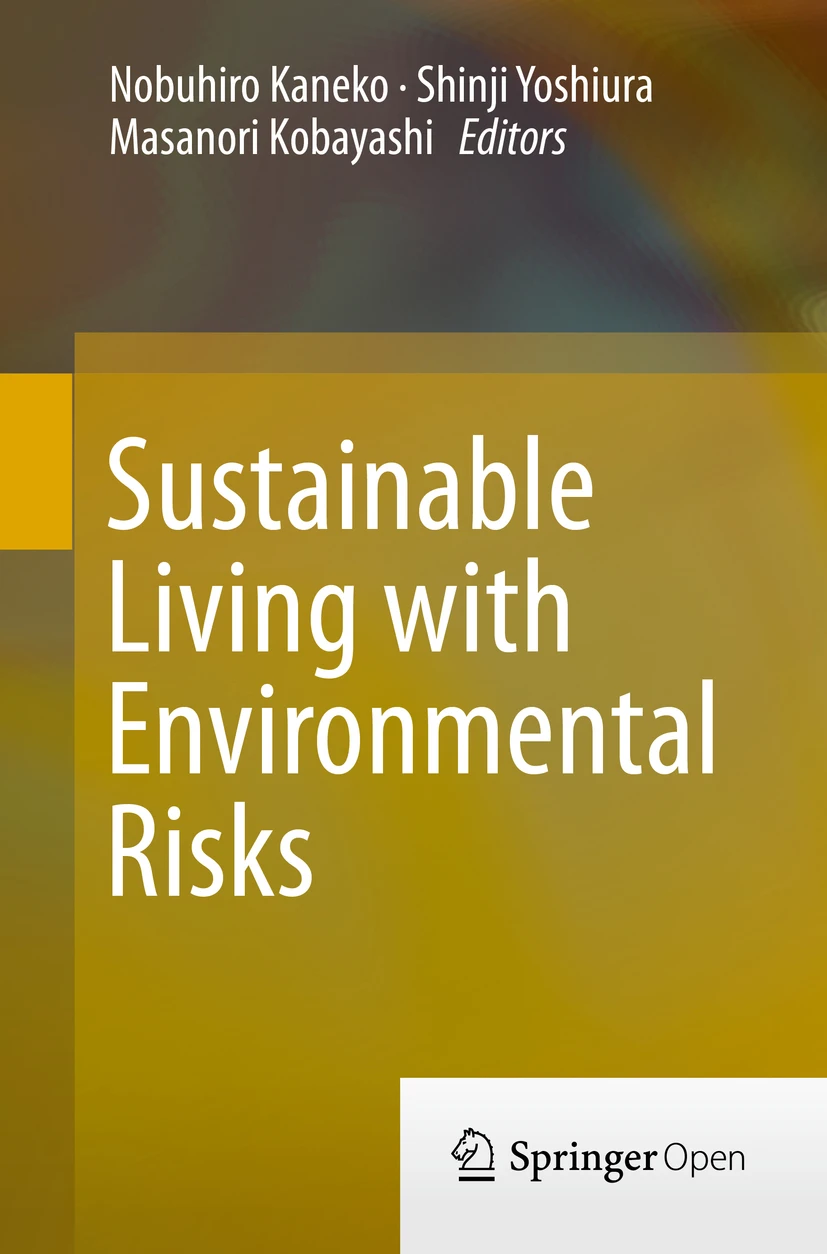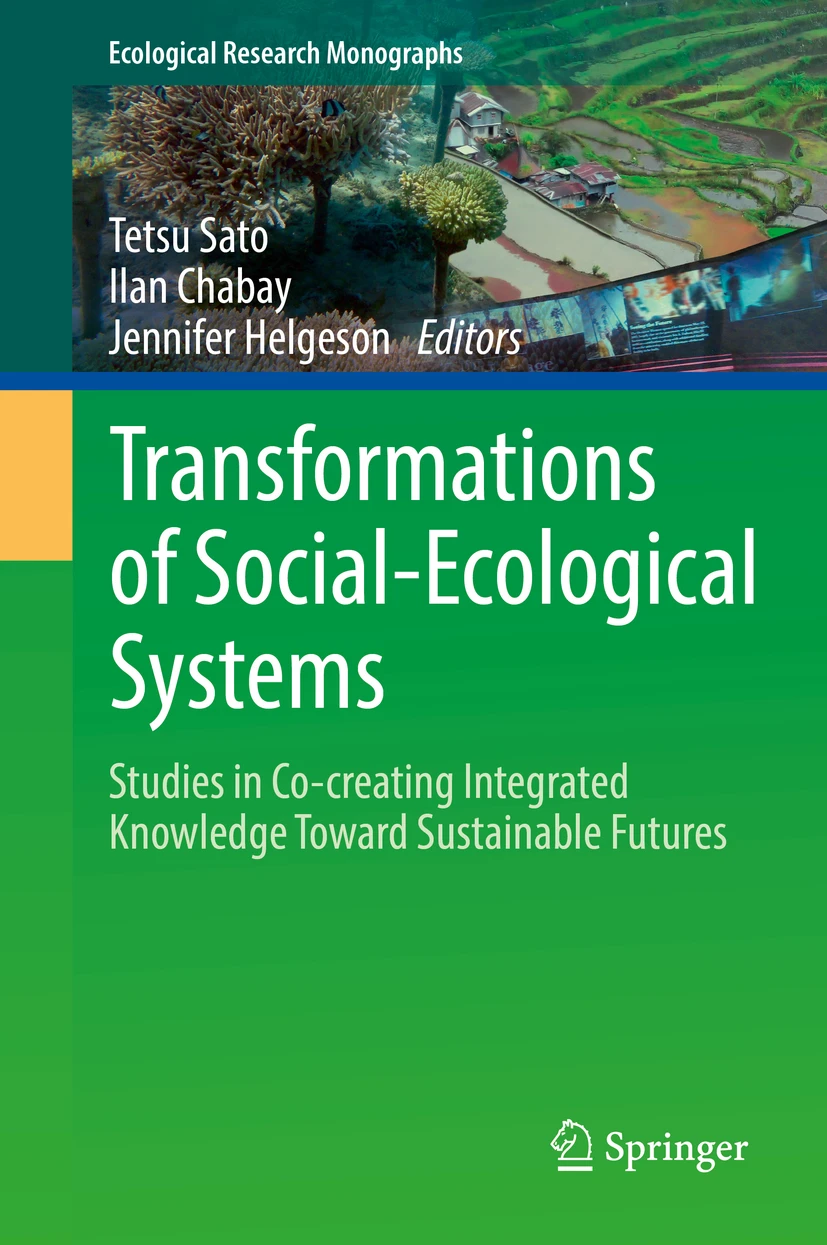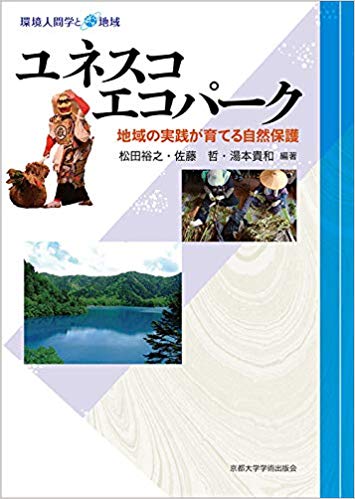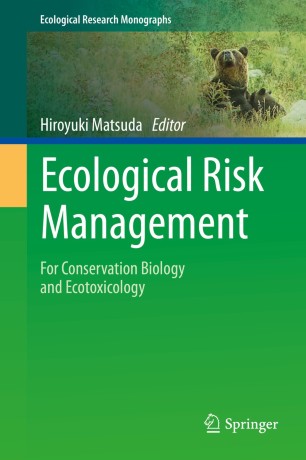 |
| English top |
| 私の研究 |
| 業績目録 書籍紹介 |
| お勧め著者 歌 |
| 講義 |
| 交通案内 |
| 略歴 委員 |
| 公開書簡(旧) |
| 私の主張 |
| 在庫資料など(工事中) |
| ResearchMap |
| 科研費サイト |
| ReaD |
| 報道関係の方へ |
| リンク |
| 更新履歴 |





>





 横浜国立大学 学長特任補佐 名誉教授 生態リスク学 横浜国立大学 学長特任補佐 名誉教授 生態リスク学UNESCO Chair on Education in Biosphere Reserves for Sustainable Societies 総合学術高等研究院 生物圏研究ユニット 上席特別教授 旧生態リスク研究室 (旧MNM研究室) 〒240-8501 横浜市保土ヶ谷区常盤台79-7 tel 045-339-4362, fax -4368, email: matsuda-hiroyuki-vj 恒久サイトへ 横浜国大交通案内 Pew Marine Fellow 松田の研究紹介(10分動画) |
市民科学 |
| マリン・エコラベル・ジャパン(MEL)アドバイザリーボード(座長) | |
| 日本生態学会 生態系管理委 | |
| 日本海洋政策学会 理事 学術委員 | |
| IGES国際生態学センター 運営委員 | |
| UDC-SEA ヨコハマ海洋環境みらい都市研究室 | |
| 産業技術総合研究所 地圏資源環境部門 地圏化学研究グループ 外来研究員 | YNU 里山ESD BASE |
| 高知大学総合人間自然科学研究科 黒潮圏総合科学専攻 客員教授 | |

 

   
|

|
| 講演などの予定 業績 (*はパスワード必要) | Recent articles by lab members (see for all articles) |
| 5/16: 市民科学とユネスコエコパーク(仮).第回アースウォッチ・トークス, オンライン 4/11: 生物圏の価値とブルーカーボンクレジット(仮).長崎大学総合生産学部, 3/27: Other effective area-based conservation measures in marine, Seminar organized by Ehsan Kamrani, 27 February 2025, Hormozgan Universtiy, Online 3/25: Interdependence of Biosphere Reserves and Urban Residents through Blue Carbon Projects, International University Collaboration Symposium, Kanazawa University 3/18:「ヒグマの個体群管理を考えるPart2」, 酪農学園大学C5号館101教室 3/16:コメント.日本生態学会札幌大会フォーラム「自然共生サイトを通した生物多様性保全の促進に生態学者はどう貢献できるか?」 3/16: 総個体数と問題個体数に基づくヒグマ管理モデル.日本生態学会札幌大会口演C02-22要旨 3/8: 地域が担う地域のためのエコパーク. 南アルプスの人々の暮らしと自然を次の世代に(朝日記事) 2025/2/20:こんなにいるのか絶滅危惧種.品川区しながわ学びの杜「専門講座(冬)」, 中小企業センター 12/11: Other effective area-based conservation measures for biodiversity beyond national juristiction, JICA Training Course", JICA Tokyo 11/30: 気候変動と生物地理学から見たキャンパスの歴史. シンポジウム『自然と関わって生きた人間の歴史-常盤台遺跡と横浜国大キャンパス-』, 横浜国大教文ホール 11/26:あるべき環境調査と影響評価、保全措置、その後の順応的管理.応用生態工学会連続セミナー第10回「未来の環境を語り・考える会」 |
[A145] Mano T, Matsuda H, Natsume S, Tsuruga H (2025/1) Harvest-based demographic
estimation of a brown bear population on the Oshima Peninsula, Hokkaido.
Ursus 35e25:1-20, DOI:10.2192/URSUS-D-23-00016.1 [B54] Clüsener-Godt M, Matsuda H, Böer B, Loughland RA (Eds.) (2024/11) Blue Carbon Mangrove Ecosystems: A Concept-Based Approach. Springer, 210pp. [A145] Mano T, Matsuda H, Natsume S, Tsuruga H (2024) Harvest-based demographic estimation of a brown bear population on the Oshima Peninsula, Hokkaido. Ursus 35 in press [A144] Kakehashi M, Matsuda H (2024/4) Contributions and problems of mathematical models in COVID-19 prevention in Japan. Population Ecology :DOI:10.1002/1438-390X.12185 [A143] Matsuda H, Watanabe A (2024/3) A comparative study of population management approaches in infectious disease control, population management of fisheries and wildlife, and integrated pest management in agriculture. Population Ecology 66: 1-13, DOI:10.1002/1438-390X.12181(GTOC) [A142] Watanabe A, Matsuda H (2024/1) The tradeoff between case fatalities and economic loss in new coronavirus by the modified Susceptible-Infectious-Recovered model with quarantined isolation. Population Ecology : |
| 最近の著書・論文など(和文)Web RONZA | |
| [C35] 倉田薫子・松田裕之 (2025) 「横浜国立大学ときわの森」自然共生サイト認定登録への道. 横浜国立大学教育学部紀要IV,自然科学8:15-22 [C34] 村上 道夫ほか (2024/12) , 中西準子博士文化勲章受章によせて, リスク学研究. 34:135-138. (2024/7) 海と魚と漁業の未来. 季刊大林. 63:22-29.(HTML Eng.) |
| 科学の扉(過去の研究) | 私の地縁 北海道・屋久島・高山村・滋賀・知床・石垣 | 社会の絆 公開動画 公開書簡(過去)(英語) |
| 業績目録 著書 略歴 主な委員 | 研究室紹介(卒業生) 講義 | 報道関係の方へ 講演録(海外) |
| 科学研究費等プロジェクト● | 日本生態学会 日本数理生物学会 個体群生態学会 |
私の研究姿勢
(1):さまざまな環境問題の具体的な解を求める
(2):さまざまな生態現象の意外性を解明する
研究活動
生態リスク学 |
水産資源学・海洋管理学 |
環境科学 |
気候変動と生態系サービス
|
統合的海洋管理
|
環境リスクとその社会的受容
|
順応的野生動物管理 
|
ユネスコMAB計画と世界遺産
|
Future Earth/Transdisciplinary研究 |
風力発電と鳥衝突
|
水産資源管理 |
環境負荷指標
|
自己紹介
松田裕之 1957年福岡県生まれ。1980年京都大学理学部卒業、1985年に同大学院生物物理学専攻博士課程卒業(理学博士)、1985年日本医科大
学(86年助手)、1989年水産庁中央水産研究所(90年主任研究官)、1993年九州大学理学部助教授、1996年東京大学海洋研究所助教授, 2003年横浜国立大学大学院教授,現在に至る。専門は生態学、水産学、環境リスク管理。日本の維管束植物レッドリストに使われた絶滅リスク評価法を開発、元愛知万博環境影響評価委員、日本で初めての順応的野生動物管理を北海道エゾシカ保護管理計画で提案、知床世界遺産で漁民の自主的禁漁区拡大を提案し遺産登録が実現した。GCOE「アジア視点の国際生態リスクマネジメント」リーダー、日本生態学会元会長、東アジア生態学会連合元会長、個体群生態学会元会長、日本水産学会元水産政策委員長、日本海洋政策学会理事。2007年より日本人初のPew海洋保全Fellow。ヨコハマ海洋みらい都市研究会共同代表。日本MAB(人間と生物圏)計画支援委員会(前委員長)、アースウォッチジャパン理事長。マリン・エコラベル・ジャパン(MEL)協議会アドバイザリーボード座長
主な訳書に『つきあい方の科学』(HBJ出版局/ミネルヴァ書房)、著書に『死の科学』(共著、光文社)『「共生」とは何か』(現代書館)、『環境生態学序説』(単著、共立出版)、『ゼロからわかる生態学』(単著、共立出版)、『生態リスク学入門』(単著、共立出版)、『なぜ生態系を守るのか』(単著、NTT出版)、『海の保全生態学』(単著、東大出版)、『ユネスコエコパーク』(共編著、京大出版)、”Ecological Risk Management”(編著、Springer)など。専門は生態リスク学,数理生物学,水産資源学、海洋政策学
主な所属学会(2020.10現在)
日本生態学会(元会長) 保全生態学研究(元編集長)
海洋政策研究学会(理事、学術委員)
個体群生態学会(元会長)
日本数理生物学会
以下、元会員
日本哺乳類学会 (シカ部会 サル部会)
日本水産学会
日本水産海洋学会
環境科学会 雑誌
日本リスク研究学会
自然環境復元学会
生物科学編集委員

